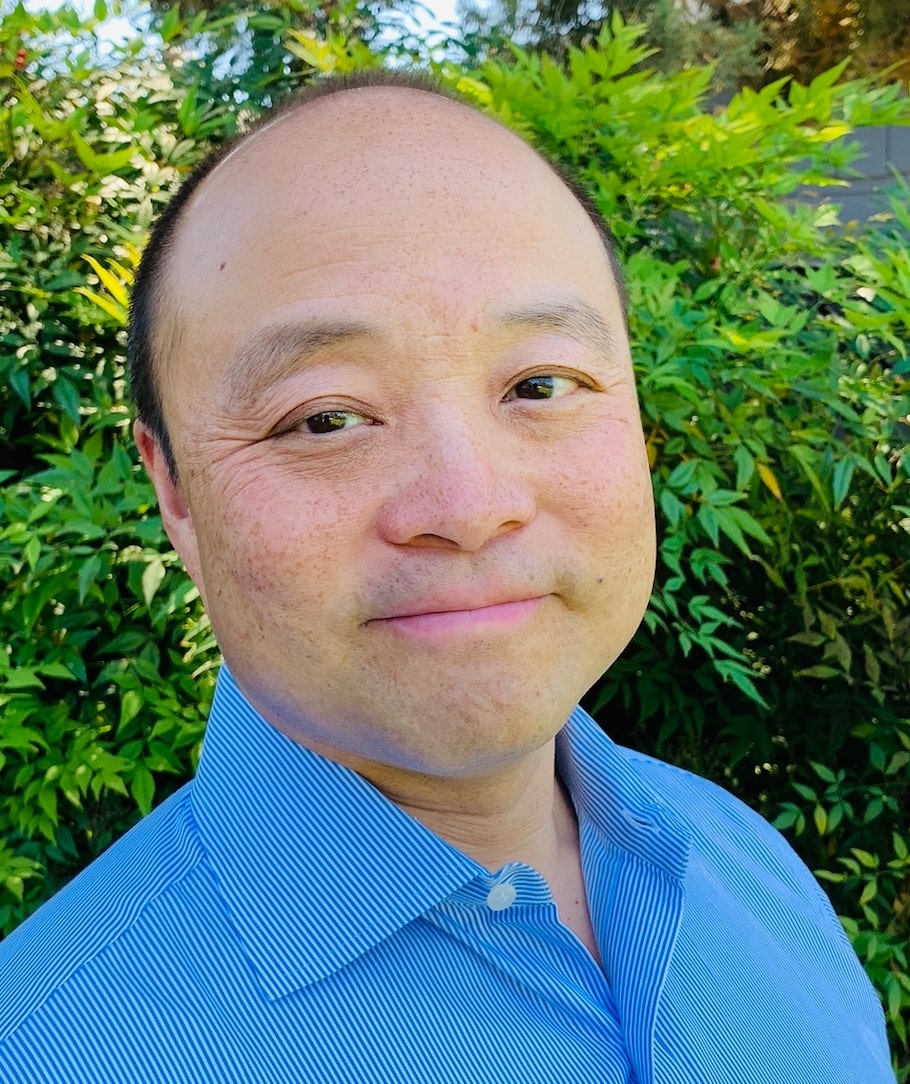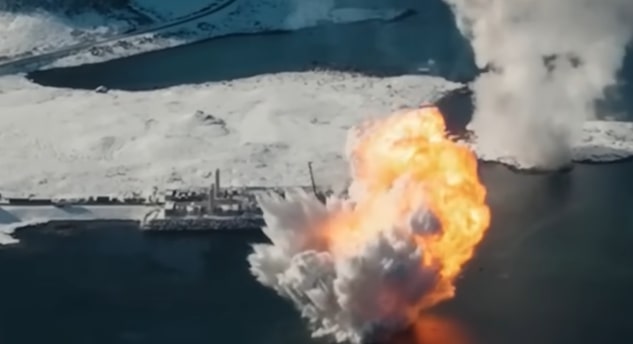Chinese electronics giant Huawei is testing elements for an extreme ultraviolet (EUV) lithography machine at its Dongguan facility, according to two sources posting photographs on X social media.
The sources say the equipment is scheduled for trial production of circuits in 2Q25 with full-scale manufacturing in 2026, without attributing the information to any sources of their own. They add that the equipment is based on a laser discharge induced plasma (LDP) to produce light of 13.5nm wavelength.
These reports are not confirmed. China is spending a lot of money to develop EUV lithography.
China has been denied access to the EUV lithography equipment from the monopoly commercial supplier, ASML Holding NV, for several years. This has been on the grounds that China could use advanced technology to develop AI and high-performance computing systems that would be used by the Chinese military. The export control has limited SMIC, China’s leading domestic foundry, to the manufacture of circuits at about 7nm or 5nm using deep UV immersion lithograpy with sub-optimal yield and efficiency. At the same time the world’s leading foundry, TSMC is manufacturing 3nm circuits and aiming for 2nm but is also under export license controls imposed by the US intended to prevent high-performance chips reaching China.
LDP is a lower-cost light source than the laser-produced plasma (LPP) used by ASML. The LPP is more difficult to manage but produces a higher output plasma. China is working on all of the previously researched approaches to EUV. IF China gets a less efficient version of EUV then their chips will be less competitive pricing and performance wise but they will be able to make 2nm and 3 nanometer chips. The gap will close with TSMC.
Beyond mastering EUV light itself, China will need to replicate ASML’s vast supply chain. This is about 5,000 specialized suppliers. China will spend tens of billions towards this goal.
China appears to be getting down to 3 nanometer chips even without EUV.
The Chinese Academy of Sciences has recently developed a new technology that can emit 193nm deep ultraviolet (DUV) laser, achieving the ultra-fine level of 3nm production. pic.twitter.com/VeByRkvr1Z
— Olala🇻🇳 🇨🇳 🇷🇺 (@olalatech1) March 28, 2025


China’s EUV is not taking the LPP carbon dioxide laser route, but the LPP multi-channel fiber laser sequence target route. The most critical high pulse energy and high repetition rate fiber laser has been produced, and it is completely domestically produced. pic.twitter.com/jBRdEj8K9a
— Olala🇻🇳 🇨🇳 🇷🇺 (@olalatech1) March 20, 2025
Immersion + SAQP actually has better resolution than low-NA EUV…just saying. Upend of the logic PDK incoming. Self-alignment is the way, not EUV.
“in response to the current ban on advanced lithography systems being exported to China, SiCarrier is focusing on alternative… pic.twitter.com/izCn6aMysP
— 🌿 lithos (@lithos_graphein) March 30, 2025
China is out competing ASML.
The laser-induced discharge plasma (LDP) EUV generation commercialization push is a DeepSeek moment for lithography that I was fearful of.
LDP is much more efficient than laser produced plasma (LPP) which ASML uses. LDP vaporizes a small quantity… pic.twitter.com/rmkmiiW9Sr
— Dr. Kim (김서연) (@I_loves_deep_nn) March 8, 2025
China builds its own EUV-Machines. Most people dont understand how huge this is
In recent years, China has made considerable efforts to develop its own EUV lithography systems. This technology is crucial for the production of state-of-the-art semiconductor chips with structure… pic.twitter.com/fKph6mNkHb
— Chubby♨️ (@kimmonismus) March 14, 2025
SMIC’s 5nm breakthrough is a direct challenge to Western narratives that claim China’s semiconductor ambitions are doomed. Using older DUV tech with Huawei’s SAQP, they’re proving innovation isn’t reliant on EUV—yet.https://t.co/NZXhVCciBT
— William Huo (@wmhuo168) March 29, 2025

Brian Wang is a Futurist Thought Leader and a popular Science blogger with 1 million readers per month. His blog Nextbigfuture.com is ranked #1 Science News Blog. It covers many disruptive technology and trends including Space, Robotics, Artificial Intelligence, Medicine, Anti-aging Biotechnology, and Nanotechnology.
Known for identifying cutting edge technologies, he is currently a Co-Founder of a startup and fundraiser for high potential early-stage companies. He is the Head of Research for Allocations for deep technology investments and an Angel Investor at Space Angels.
A frequent speaker at corporations, he has been a TEDx speaker, a Singularity University speaker and guest at numerous interviews for radio and podcasts. He is open to public speaking and advising engagements.
























